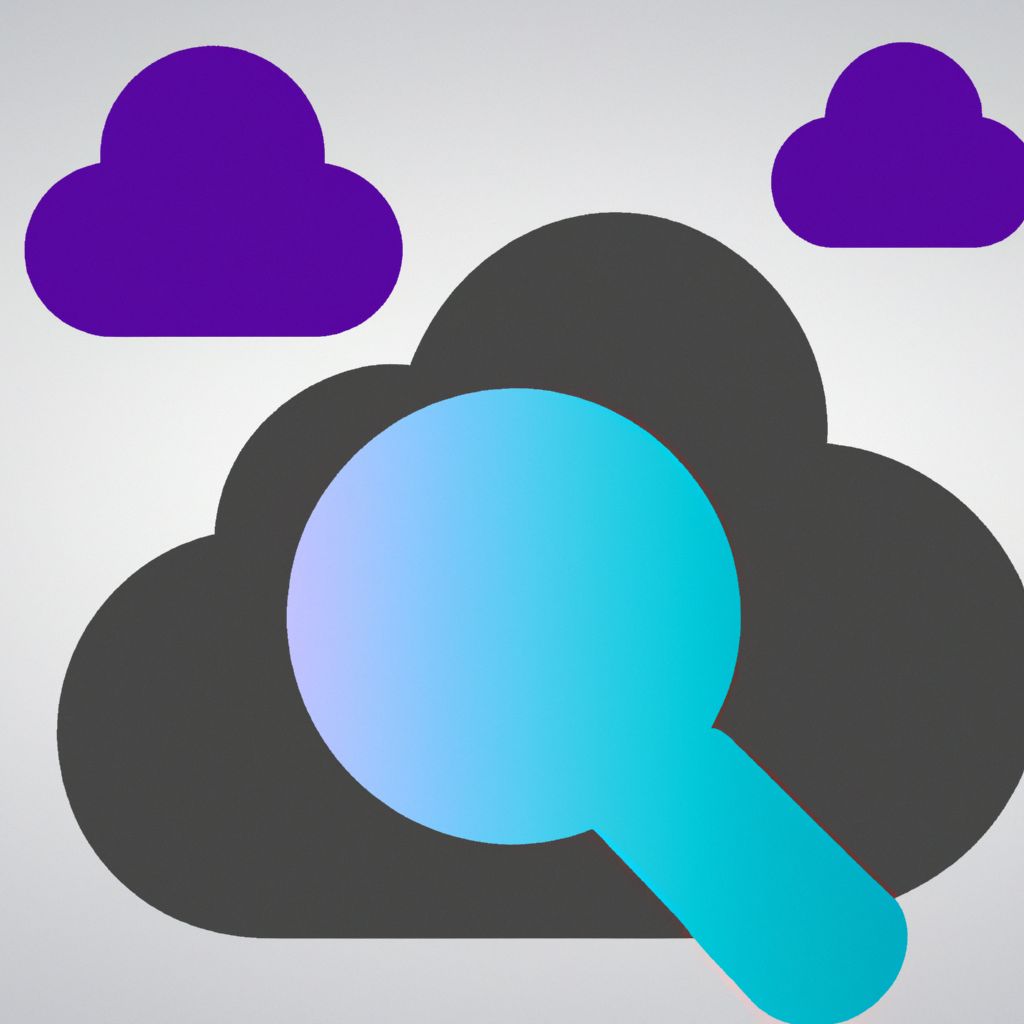As organizations increasingly migrate workloads and data to cloud platforms like Amazon Web Services (AWS), Microsoft Azure, and Google Cloud Platform (GCP), securing these environments becomes paramount. Traditional penetration testing approaches need adaptation to address the unique characteristics and complexities of the cloud. Cloud Penetration Testing focuses specifically on identifying vulnerabilities within cloud infrastructure, services, and configurations.
Unlike on-premises environments where the organization controls the entire stack, the cloud operates on a Shared Responsibility Model. The Cloud Service Provider (CSP) is responsible for the security of the cloud (e.g., physical data centers, underlying hardware, core network), while the customer is responsible for security in the cloud (e.g., data, configurations, access management, applications). Cloud pentesting primarily focuses on the customer's side of this responsibility.
Why is Cloud Pentesting Different and Necessary?
- Shared Responsibility Model: Testing must respect the boundaries set by the CSP. You can't pentest the provider's core infrastructure, only the services and configurations you manage.
- Dynamic & Ephemeral Environments: Cloud resources can be spun up and down rapidly. Infrastructure-as-Code (IaC) means configurations are code, requiring different analysis techniques.
- Complex Service Ecosystem: Clouds offer hundreds of specialized services (serverless functions, managed databases, container orchestration, AI/ML platforms), each with unique security considerations and potential misconfigurations.
- Configuration is Key: Misconfigurations are a leading cause of cloud breaches. Testing must rigorously assess Identity and Access Management (IAM), network security groups/firewalls, storage permissions, and service settings.
- API Security: Cloud environments are heavily API-driven. Securing these APIs is critical.
- Compliance & Provider Rules: CSPs have specific rules of engagement for penetration testing. Unauthorized testing can violate terms of service and lead to account suspension.
Key Focus Areas in Cloud Penetration Testing:
- Identity and Access Management (IAM):
- Overly permissive roles and policies.
- Weak password policies.
- Lack of Multi-Factor Authentication (MFA).
- Exposed access keys or credentials.
- Role assumption vulnerabilities.
- Network Security:
- Insecure Security Group / Firewall rules (e.g., overly broad ingress/egress).
- Exposed management ports (SSH, RDP) to the internet.
- Lack of network segmentation (VPCs/VNets).
- Insecure VPN or Direct Connect configurations.
- Storage Security (e.g., S3 Buckets, Azure Blobs, GCS Buckets):
- Publicly accessible buckets/containers with sensitive data.
- Insufficient access controls or encryption.
- Misconfigured lifecycle policies.
- Compute Services (e.g., EC2, VMs, Containers, Serverless):
- Unpatched operating systems or applications.
- Exposed sensitive data in user data or environment variables.
- Insecure container configurations or vulnerable images.
- Vulnerabilities in serverless function code or permissions.
- Managed Services:
- Misconfigured databases (e.g., RDS, Azure SQL) - weak encryption, poor access control.
- Insecure configurations in Kubernetes services (EKS, AKS, GKE).
- Vulnerabilities in logging and monitoring configurations (e.g., CloudTrail, CloudWatch).
The Cloud Pentesting Process:
- Authorization & Scoping: Crucially, obtain explicit permission from the CSP (if required by their policy, which varies) and clearly define the scope – which accounts, services, and resources are in scope. Unauthorized testing is prohibited.
- Reconnaissance: Identify cloud assets, exposed services, DNS entries, storage buckets, user information, and API endpoints related to the target environment. Tools specific to cloud enumeration are often used.
- Configuration Review: Analyze IAM policies, security group rules, storage permissions, and service configurations for weaknesses. This is often a major component of cloud pentesting.
- Vulnerability Analysis: Scan for known vulnerabilities in deployed applications and operating systems (similar to traditional pentesting but within the cloud context).
- Exploitation: Attempt to exploit misconfigurations (e.g., access unsecured storage, escalate IAM privileges) and application/OS vulnerabilities.
- Post-Exploitation: Assess the impact of successful exploitation, focusing on lateral movement possibilities within the cloud environment and access to sensitive data.
- Reporting: Document findings, including misconfigurations, vulnerabilities, potential impact, and specific, actionable remediation steps tailored to the cloud services involved.
Conclusion
Cloud Penetration Testing is not just an extension of traditional pentesting; it requires specialized knowledge of cloud platforms, their services, and common misconfiguration patterns. Given the reliance on cloud infrastructure and the potential impact of a cloud breach, regular, authorized cloud pentesting is essential. It helps organizations validate their side of the shared responsibility model, identify critical configuration weaknesses, and ensure their cloud deployments are resilient against attacks in the dynamic cloud landscape.
Disclaimer: This post represents the view of the individual author that wrote it and not necessarily the view of Rarefied Inc.
Looking for professional security testing?
Based on your interest in this topic, you might benefit from our specialized security services:
